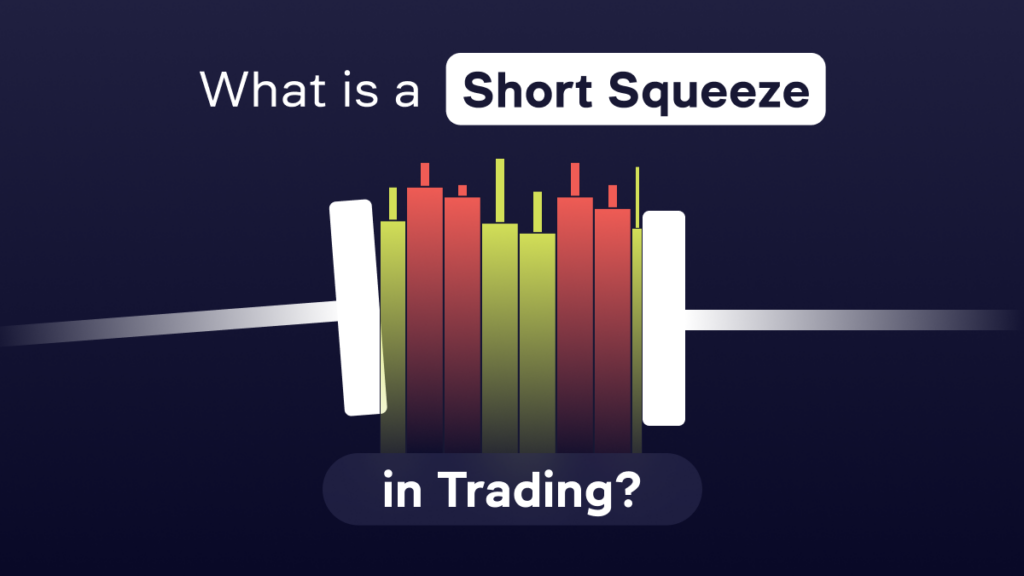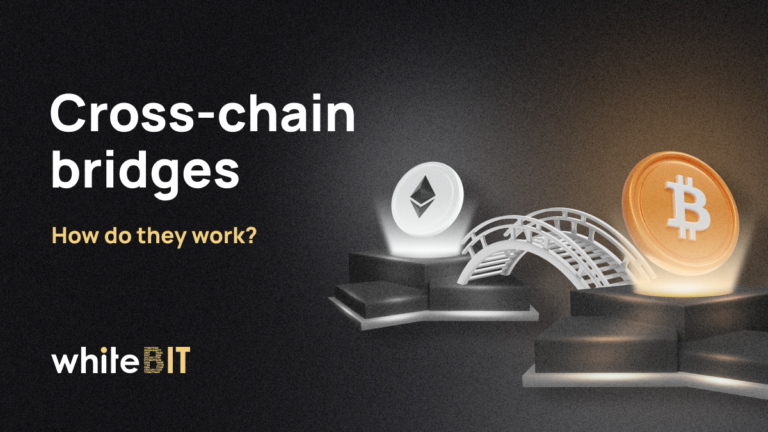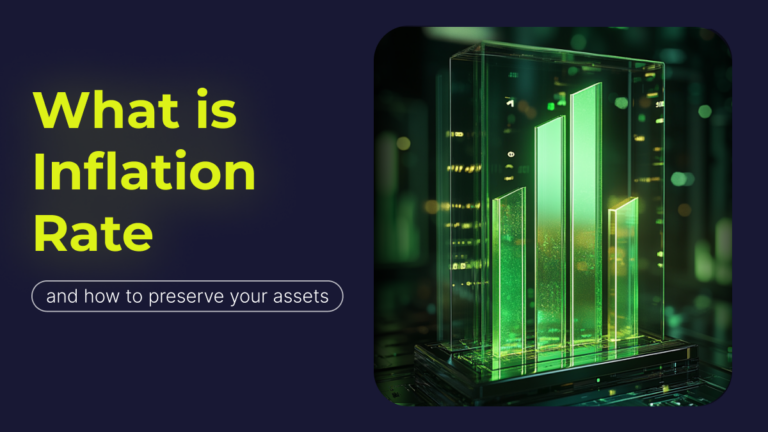What is a Short Squeeze in Trading?

Content
Short squeeze is a term that has been buzzing around the trading world, captivating the attention of both seasoned investors and newcomers. Essentially, it signifies a powerful force capable of turning the tables in the financial markets. But what is short squeeze, and how does it impact the trading landscape?
Short Squeeze Definition
A short squeeze is a phenomenon that occurs when investors who have taken short positions in a particular asset find themselves in a precarious situation. Without delving into technical jargon, let’s simplify it. Imagine betting against the success of a company or asset only to see its value skyrocket unexpectedly. That’s when a short squeeze strikes — a sudden surge in buying activity forces short-sellers to cover their positions, amplifying the upward price momentum.
If you’re wondering how to short crypto, it involves using platforms that allow margin trading and derivatives, enabling traders to profit from falling prices. But how does a short squeeze work? Let’s find out!
Short Squeeze Meaning: How Does It Work?
Let’s focus on the cryptocurrency chart to truly grasp the meaning of the short squeeze. Picture a scenario where a digital asset experiences a sudden surge in demand, catching short-sellers off guard. As they scramble to buy back the borrowed assets to limit losses, the buying frenzy intensifies, creating a cascading effect that propels prices.
Short Squeeze Explained
In a nutshell, a short squeeze occurs when short-sellers, who bet on the price of an asset going down, are forced to cover their positions by buying back the borrowed assets. This typically happens when a sudden surge in demand for the asset creates a mismatch between supply and demand.
Short-Term Impact
The effects of a short squeeze are often intense and short-lived. The rapid buying activity to cover short positions can lead to a dramatic and temporary spike in the asset’s price. Traders initially betting on a price decline find themselves in a race against time to limit their losses, contributing to the buying frenzy.
Liquidation Pressures
Short squeezes can trigger a cascade of liquidation events, especially for highly leveraged ones. As the price surges, traders with short positions may face margin calls or automatic liquidations, further fueling the upward momentum. This adds another layer of complexity to the already dynamic crypto market.
The Main Signs of a Short Squeeze in the Crypto Market
Navigating the unpredictable waters of the crypto market requires keen observation. Signs of an impending short squeeze crypto may manifest in unusual price spikes, increased trading volume, and heightened volatility.
Traders and investors often employ various tools and strategies to identify potential short-squeeze opportunities:
- One such tool is the short squeeze list, a compilation of cryptocurrencies that are deemed vulnerable to short squeezes based on market conditions and sentiment;
- To efficiently scan the myriad of cryptocurrencies, traders often turn to a short squeeze screener. This tool helps filter and identify assets that exhibit characteristics indicative of a potential short squeeze;
- For more real-time insights, traders also rely on a short squeeze indicator. This indicator provides visual cues and statistical data that highlight the likelihood of a short squeeze occurring in a particular cryptocurrency;
- Analyzing historical price movements is another crucial aspect, and traders often refer to a short squeeze chart to identify patterns and trends that may precede a short squeeze.
In the broader crypto market context, discussions about a short squeeze bitcoin are not uncommon. Bitcoin, being the flagship cryptocurrency, can have a significant impact on market sentiment and dynamics. Traders closely monitor Bitcoin’s price movements and its potential to trigger or be influenced by short squeezes, given its prominent position in the market.
For a comprehensive understanding of crypto dynamics, consider exploring the art of crypto scalping in our dedicated article.
Short Squeeze Examples in the Cryptocurrency Market
To illustrate the impact of this phenomenon, let’s explore some real-world short squeeze examples:
- GameStop (GME): The infamous GME saga in early 2021 saw retail investors collectively triggering a short squeeze, causing massive losses for institutional short-sellers. It was the biggest short squeeze in history;
- Tesla (TSLA): Elon Musk’s influence and a surge in retail investor interest led to a short squeeze in Tesla’s stock, catching many bearish traders off guard;
- BTC Short Squeeze: Cryptocurrencies aren’t immune. A sudden surge in price can trigger even a Bitcoin short squeeze, forcing traders with bearish bets to cover their positions hastily.
Long Squeeze vs Short Squeeze: Main Differences
While a short squeeze involves buying pressure on falling assets, a Long Squeeze is the opposite — a rapid decline in the value of rising assets. Understanding these differences is crucial for those looking to trade cryptocurrency successfully.
What Is a Short Squeeze in Crypto?
A short squeeze refers to a situation where the price of a digital asset starts to rise, leading traders who had previously bet on its decline (by short-selling) to rush to cover their positions. This sudden surge in buying activity further amplifies the upward movement of the asset’s price. The dynamics of a short squeeze in crypto can be driven by factors such as positive news, unexpected developments, or a sudden shift in market sentiment. Analyzing a short squeeze chart involves closely monitoring a specific cryptocurrency’s price movements and trading volumes.
What is a Long Squeeze in Crypto?
A long squeeze in crypto refers to a scenario where the price of a digital asset experiences a rapid decline, catching traders holding long positions (expecting the asset’s value to increase) off guard. In a long squeeze, market conditions or unforeseen events can trigger a significant and sudden drop in the price of a cryptocurrency. This downward movement prompts traders with long positions to sell their assets to limit losses, contributing to further selling pressure and exacerbating the decline.
Distinguishing between long squeezes and short squeezes is crucial for successful cryptocurrency trading. A short squeeze sees a surge in buying pressure on falling assets, driven by factors like positive news, while a long squeeze involves a rapid decline in the value of rising assets. Traders should analyze charts and stay informed to navigate these market dynamics effectively.
How to Protect Your Portfolio Loss During a Short Squeeze
Protecting your investment portfolio from losses during a short squeeze, trading is crucial for maintaining financial stability and mitigating risk. In this guide, we’ll explore critical strategies to help safeguard your investments during market volatility.
Mitigating Risks: A Guide
- Diversify Your Portfolio. Spread your investments across different assets to reduce the impact of a crypto short squeeze on any single position.
- Stay Informed. Regularly monitor market trends, news, and indicators. A solid understanding of the technical analysis of cryptocurrencies can empower you to make informed decisions.
- Set Stop-Loss Orders. Implementing Stop-Loss orders can help limit potential losses during unexpected market movements.
To delve deeper into safeguarding your investments, explore our comprehensive guide on crypto portfolio management.
Conclusion
So, what does short squeeze mean? Short squeezes inject an element of unpredictability. Traders can confidently navigate these turbulent waters by understanding the intricacies of short trading, recognizing signs of a short squeeze, and implementing risk-mitigation strategies. As you continue your journey into the crypto market, equip yourself with knowledge and stay vigilant to stay ahead of the game. Happy trading!








